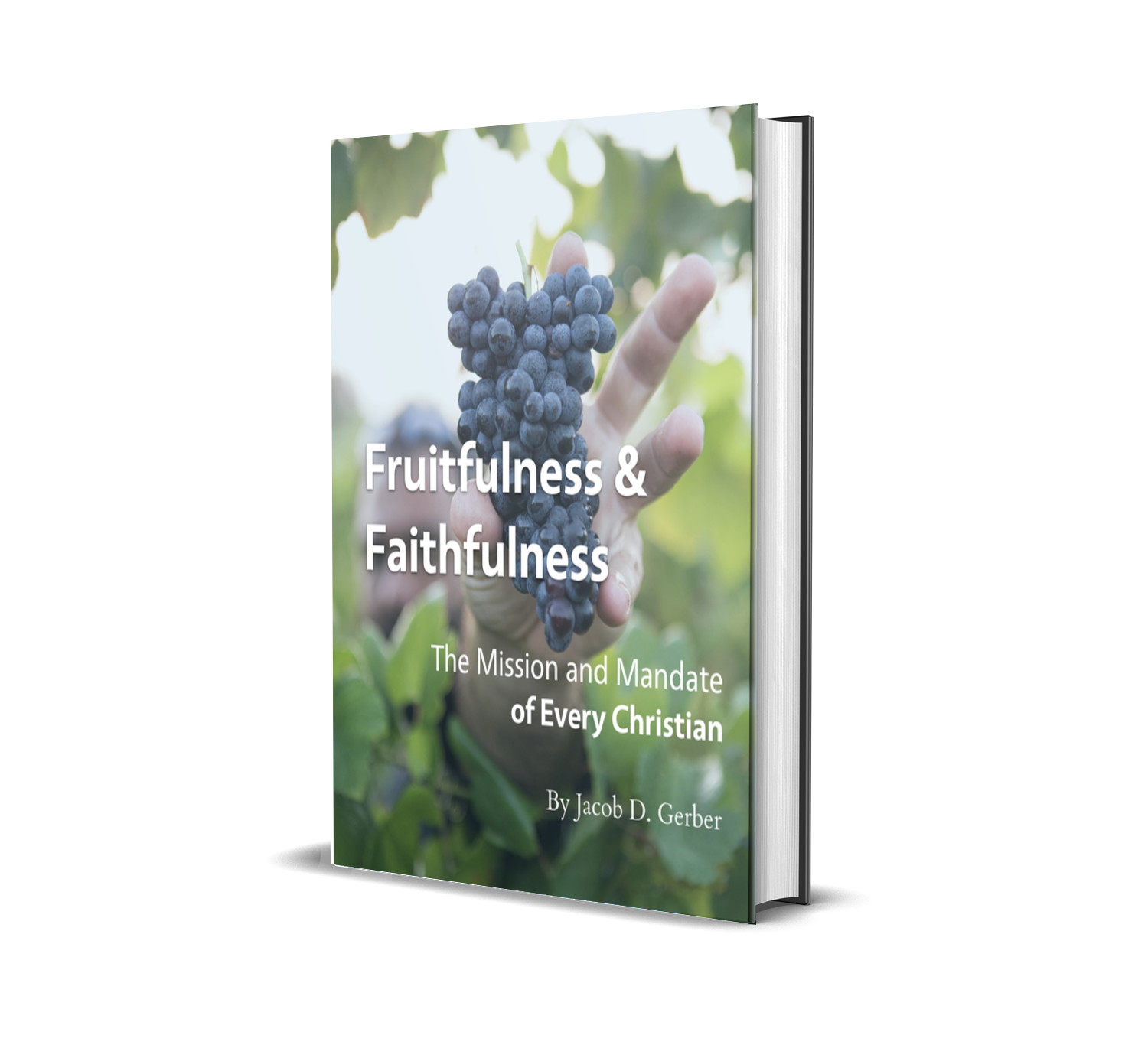Do You Know What Intercessory Prayer Costs?
Intercessory prayer is not the same thing as common prayer. In intercession, we do something more than what we do in our prayers of adoration, confession, thanksgiving, or even supplication.
In intercessory prayer, we approach God directly to petition him to act according to his covenant mercy.
The Intercessory Prayer of Esther
The best illustration of intercession in the Bible is in the story of Esther. Queen Esther risks her life by bursting uninvited into the throne room of the king to intercede on behalf of her people.
Anyone who enters the throne room of the king without an invitation will be put to death, “except the one to whom the king holds out the golden scepter so that he may live” (Esth. 4:11). Esther knows the risks, but to save her people, she intercedes to the king, saying, “If I perish, I perish” (Esth. 4:16).
In the same way, intercessory prayer is where God’s people burst directly into his throne room with confident uncertainty. When we come, we plead with him for grace, mercy, and covenantal kindness. If God does not accept us, then we will perish, for our God is a consuming fire (Heb. 12:29).
Intercessory Prayer Under the Old Covenant
We take such access to God in prayer for granted. God’s people, however, have not always enjoyed the privilege of intercessory prayer. Under the old covenant, worshipers could not enter into God’s presence to intercede with him directly.
Certainly, ordinary believers under the old covenant prayed to God. But, God did not permit ordinary believers to offer intercessory prayer. That is, they were not permitted to come into God’s very presence to plead for covenant mercy.
The Mediation of Levitical Priests
Instead, old covenant believers had to rely on the mediation of Levitical priests who went into the presence of God on their behalf.
To seek God’s covenant mercy, old covenant worshipers brought a sacrificial animal to the tabernacle. The Levitical priests did not only make the sacrifice by slaughtering the animal and burning the animal on the bronze altar. Additionally, Levitical priests offered the sacrifice to God. To do this, they brought the blood of the sacrifice into the dwelling place of God in his tabernacle.
So, while the worshiper waited outside the tabernacle, the priest went inside the veil of the tabernacle with a basin full of the blood of the worshiper’s sacrifice. With that blood, the priest sprinkled the second veil that guarded the holy of holies and the ark of the covenant (Lev. 4:6).
The Altar of Incense
Then, the priest took smeared the sacrificial blood on the horns of the altar of incense (Lev. 4:7). The altar of incense was the critical place in the tabernacle where the priests made intercessory prayer for the people.
Allen Ross writes this:
Just outside the curtain that set apart the Most Holy Place was a wooden altar, the size of a small pulpit, covered with gold (Exod. 30:1–10; 37:25–29). The little altar was used for intercession: the priest would take some coals from the high altar and place them on this altar (the prayers were based on the sacrifices), sprinkle frankincense on them (the prayers would be pleasing to God), put blood on the tips of the horns of the altar (the prayers would be efficacious), and then, perhaps while seizing the horns, offer prayers to God for the people. Here, directly in front of the throne [that is, the ark of the covenant], but separated from it by the curtain, was the place of intercession. (Ross, Recalling the Hope of Glory, 194.)
No one qualified to enter into God’s presence. Nevertheless, God graciously permitted a small number of people—the priests—to come near to him as representatives for the rest of the people.
Those priests mediated the people’s prayers to God, interceding on behalf of the people from the blood of the sacrifices. Then, the priests emerged from the tabernacle to mediate God’s word to the people. When they came out, they pronounced God’s benediction to the people (Num. 6:22–27).
Old covenant believers could offer intercessory prayer to God, but not directly—and not cheaply. They could only seek God’s covenant mercies through the mediation of the priests and through the blood of their sacrifices.
Intercessory Prayer Costs Sacrificial Blood
Intercessory prayer, then, is costly. Because of the separation from sin between God and his people, intercessory prayer cannot happen without sacrificial blood.
Something (or Someone) must die for us to come into God’s presence and plead for his covenant mercies.
On Friday, we will pick up this topic to see how the priestly Jesus mediation of Jesus—and his once-for-all sacrifice—expands the door for intercessory prayer under the new covenant.
FREE eBook: Fruitfulness and Faithfulness: God’s Mission and Mandate of Every Christian
Grow in God’s Plan for Your Fruitfulness and Faithfulness

Invest Your Life Well
Discover God’s breathtaking vision for the fruitfulness of his people.
Learn how to live fruitfully and faithfully in the kingdom of Jesus.
Download the free eBook now.
Get the eBook
Bonus: You’ll also get a discipleship assessment tool to evaluate areas for you to grow in fruitfulness and faithfulness.




